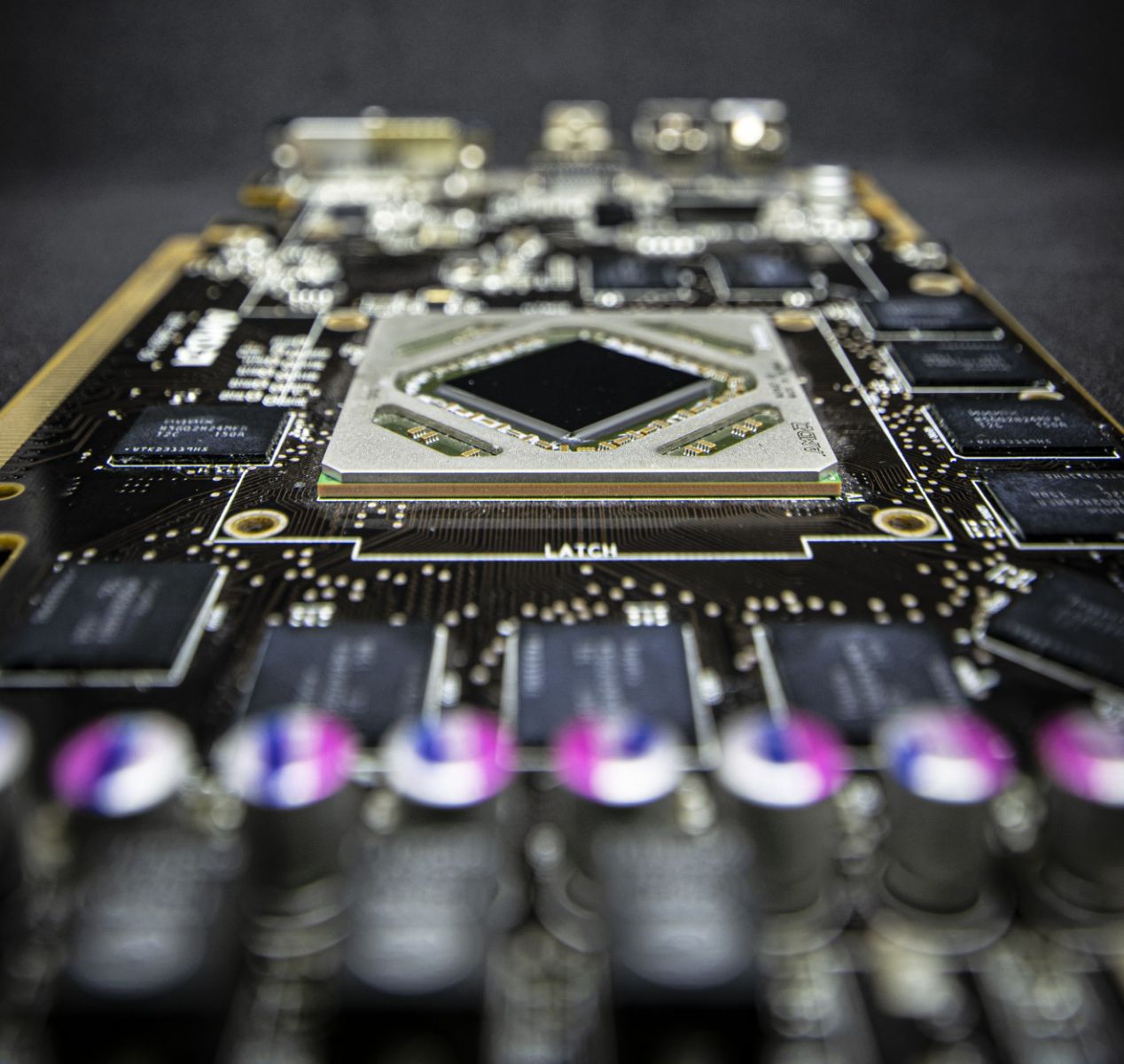How to Reset a Graphics Card: Your Guide

They have thousands of cores and can produce hyper-realistic graphics that blow you away. Graphics cards are a key component of any gaming rig.
Set up your graphics card properly, and you're guaranteed to get high FPS and no bottlenecking. But as impressive as graphics cards are, they come with their own set of issues. And if your GPU stops working, so does your gaming experience.
In this guide, we'll talk about how to reset a graphics card. A reset is easy to do, returns your high performance, and saves you from purchasing an expensive replacement GPU.
Common Issues With Graphics Cards
Most of the issues you'll run into with your graphics card will be software and firmware issues. If you have a hardware issue, you may need to send it in for repairs or purchase a new one. Hardware issues may include faulty connectors, bad fans, or a short circuit from improper installation.
For starters, updating a graphics card on a regular basis needs to become a habit. These include bug fixes and performance improvements. Graphics card updates happen once every few months, so if you're experiencing issues, don't delay in updating.
You can set this to happen automatically, such as with the Nvidia experience app.
Another issue is the graphics driver. Drivers are essential since they allow your hardware to communicate with your operating system. It's easy to reinstall drivers, and this should fix most issues.
Finally, your issues might come as a result of altering the graphics card performance. For example, you may have set your graphics card to overclock itself. Resetting these parameters may eliminate issues.
When Do You Need to Reset a Graphics Card?
Not all issues come as a result of malfunctioning drivers. It depends on the issue you're having. If you experience screen tearing (where the two halves of the screen don't match up) you just need to enable V-sync.
If you're getting poor frame rates, there's a chance your graphic settings are too high. Enable a less-demanding preset and see if that solves the problem. If you have a mid-range graphics card, you can't expect your card to get ultra graphics at 4k resolution.
However, if you experience screen flickering, image stuttering, or random freezes, it's time to reset. These are issues that are independent of any game or program. Let's cover some of the different ways you can reset your graphics card.
How to Reset a Graphics Card
The easiest solution is to restart your drivers. If you're playing a game and experience a weird glitch such as screen artefacts, then this is a quick and risk-free fix.
You can do this at any time. Whether you're playing a game or working on something important, you won't lose any data. This is just resetting the operating system's graphics driver.
All you need to do is press this graphics card shortcut: Win + Ctrl + Shift + B. When you do, your screen will go black for a second or two. Don't panic, this is a necessary step to reset the drivers.
When the screen turns back on, congrats! You've reset the drivers. The error should have disappeared by now.
However, keep in mind that this is only a temporary fix. This is a good graphics card shortcut to write down for future use. If the problem persists even after restarting a graphics card, you will need to reinstall drivers.
How to Reset Overclocking
There are generally two ways to overclock your system. You can do it through MSI Afterburner, or through your respective brand's control panel, like Nvidia's Control Panel.
To be clear, it is safe to overclock a graphics card. Overclocking won't give you drastic jumps in performance. However, it will give you a few extra frames of performance.
The important thing is that you have proper cooling. Built-in hardware limitations prevent a card from reaching a certain temperature threshold. It will reduce power when at high temperatures, making it near impossible to fry a card on accident.
That said, overclocking for long periods of time will wear down your graphics card. Overclocking leads to increased system instability and may explain any issues you're having.
To reset overclocking, return the sliders to their default positions in your overclocking program. If you don't remember them, use the reset to defaults button. This change is instant and won't require a system restart.
How to Reinstall Graphics Card Drivers
If you're still having issues, it may be time to reinstall drivers.
You can do this with Nvidia experience in just a few seconds. Go to the drivers' tab and press the three dots. You'll get a dropdown menu that has the option "Reinstall drivers."
You should also try to do this through Windows. If you have Windows 10 or above, installing drivers is easy and fast. Your computer will correct any errors, so there's no need to worry about your system failing.
Search for the Device Manager. From there, find Display Adapters. There will be multiple adapters here, but you're looking for the one associated with your GPU.
Right-click on the correct GPU driver and uninstall it. Then restart your computer.
That's it! Every time Windows starts up, it checks to make sure it has all the necessary drivers. It should install them automatically, but if it doesn't, then do a Windows update.
Perform Regular System Maintenance
A graphics card is a remarkable piece of hardware that can produce vivid graphics for years. But knowing how to reset a graphics card is just one of many tools to keep your GPU in optimal health. Keep your drivers updated, and perform a reset if you ever run into problems.
When building or updating your gaming rig, you should only use the highest quality products. Purchase parts from a reliable vendor when you upgrade your computer.
